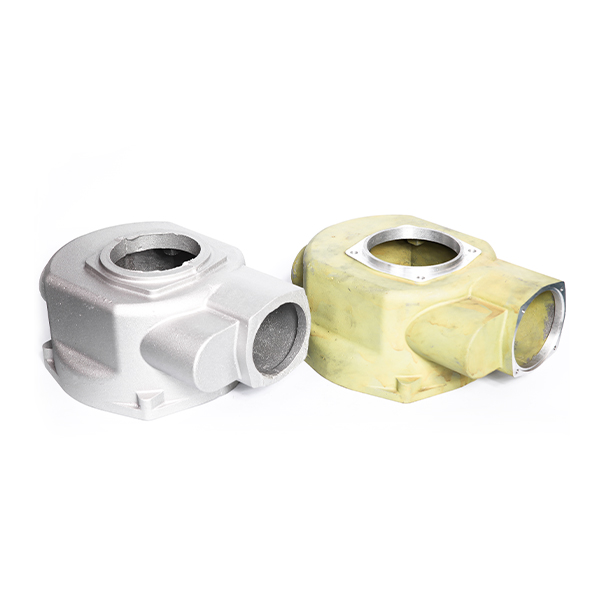Mobile:+86-311-808-126-83
Email:info@ydcastings.com
English
LS1 Performance Exhaust Manifold for Enhanced Power and Efficiency Upgrade Options
Understanding LS1 Exhaust Manifolds Performance and Functionality
The LS1 engine, a member of General Motors' ubiquitous LS family, has gained immense popularity among automotive enthusiasts and performance drivers. One crucial component of the LS1 engine that significantly influences its power output and efficiency is the exhaust manifold. In this article, we delve into the function, design, and performance enhancements offered by the LS1 exhaust manifold.
The Function of Exhaust Manifolds
The primary role of the exhaust manifold is to collect exhaust gases produced during the combustion process and channel them into the exhaust system, which then expels them into the atmosphere. The efficiency of this process is vital; a well-designed manifold allows for smooth exit of gases, reducing back pressure and helping the engine breathe better. Improved exhaust flow can lead to better performance, increased horsepower, and enhanced fuel efficiency.
Design Characteristics
The LS1 exhaust manifold is notable for its compact design, which allows for optimal packaging within the engine bay of various Chevrolet models. Typically made of cast iron, these manifolds are engineered to withstand high temperatures and resist warping. The LS1 manifold design features individual runners that connect to each cylinder, ensuring that exhaust gas from each cylinder is efficiently collected. This is crucial for maintaining equal exhaust flow and preventing any cylinder from becoming a bottleneck.
Performance Enhancements
ls1 exhaust manifold

Although the factory LS1 exhaust manifold is efficient, many performance enthusiasts opt for aftermarket alternatives to further improve their engine’s performance. Aftermarket manifolds are often made from lighter materials such as stainless steel, which not only enhances durability and heat resistance but also provides weight savings. Performance-oriented designs may include larger diameter tubes or smoother transitions between bends, allowing for increased exhaust flow.
One significant advantage of upgrading to an aftermarket manifold is the potential for improved turbocharging capabilities. Enhanced exhaust flow is essential for turbo applications, as the turbocharger relies on the speed and volume of exhaust gases to spool up efficiently. Many aftermarket options are specifically designed to optimize exhaust flow for boosted applications, making them an ideal choice for racers.
Challenges and Considerations
While upgrading an LS1 exhaust manifold can yield substantial performance benefits, it is not without challenges. Aftermarket manifolds may require modifications to fit specific applications, especially in tight engine bays. Additionally, changes to the exhaust flow characteristics may necessitate adjustments to the vehicle's tuning to avoid issues such as lean air-fuel mixtures.
Heat management is another critical consideration. High-performance exhaust manifolds can generate more heat, which can negatively impact adjacent components. Thus, proper thermal insulation and heat shielding are essential when fitting aftermarket exhaust solutions.
Conclusion
The exhaust manifold plays a vital role in the performance and efficiency of the LS1 engine. Whether one opts for the stock design or upgrades to a high-performance aftermarket manifold, understanding the fundamental principles of exhaust flow and thermal dynamics is crucial. Enthusiasts seeking to maximize their LS1’s potential should carefully evaluate their exhaust manifold options, considering both performance gains and the challenges associated with modifications. Ultimately, the right exhaust manifold can be a game-changer, unlocking the full performance capabilities of your LS1 engine and enhancing your driving experience.
-
Premium Fan Housing & Motor Casing for Optimal AirflowNewsAug.31,2025
-
High-Performance Automobile Water Pump & Electric SolutionsNewsAug.30,2025
-
Expert Stainless Steel Casting | Precision & Durable Metal PartsNewsAug.29,2025
-
Precision Metal Castings: Aluminum, Stainless Steel & Die CastingNewsAug.28,2025
-
Superior Aluminum Castings in Automotive Engine PartsNewsAug.22,2025
-
Common Materials Used in Fan Housing ManufacturingNewsAug.22,2025











